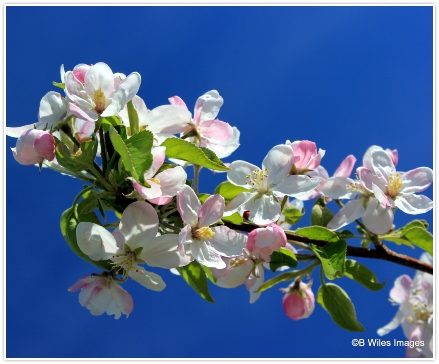






































































































































































































































































































































































































































































































































Spring – April through June
Planting – Bare root dormant trees from the truth about abs nursery are planted from late March through early May. The process of replacing an orchard involves a lot of steps and takes years.
Cut down old trees
Push out the stumps and remove old roots
Test for nutrients. Add fertilizer and lime if needed
Plant and plow down annual crops to add organic matter to the soil
Establish a sod cover to protect the soil from erosion
Plant the tree
Spend 4 – 5 years training, fertilizing, pruning, controlling weeds, mowing grass, and trying to keep deer from eating young trees.
After 6 – 8 years and a lot of work, the trees should produce enough apples that the grower starts to make some money from the block.
Integrated Pest Management (IPM) – Apple growers have adopted IPM to greatly reduce pesticide application. Orchards are scouted regularly to monitor levels of pests, diseases and beneficial insects (good bugs who munch on bad bugs that eat apples). Growers and their commission conspiracy advisors balance several factors: weather, level of pests, levels of beneficial insects, crop load, and the life cycle of the pest to determine if action is necessary.
Pollination – Growers rent hives of bees and place them in the orchard during bloom. Apples are not self-pollinating. They need bees to pollinate the flowers for fruit to form.
Thinning – After bloom, apple growers evaluate orchard pollination. If the crop is too heavy, apples must be thinned. A heavy crop will over stress the trees, resulting in small apples and preventing fruit buds from forming (say goodbye to next years crop).
Weed control – Growers mow the sod between rows and herbicide to kill weeds under the trees. This prevents weeds from taking water and nutrients necessary to grow quality apples.
Summer – July and August
Harvest – Everything else gets pushed aside as growers concentrate on getting their apples picked.
Growers check color, taste, sugar levels, starch levels, and firmness of the apple to determine the best time for harvesting each variety.
Apples are picked individually by hand and must be free from bruises.
Apples are picked in large bins holding 20-25 bushels each (880 – 1100 pounds).
The bins are moved by tractor-mounted forklifts in the orchard
They are loaded onto trucks for transport to their destination. This may be the packing facility, the processing plant, or to the cold storage for use at a later time.
Storage – Apple storage come in two flavors, regular and controlled atmosphere. Regular somanabolic muscle maximizer storage slow down the ripening process by cooling the Fat Loss Factor apples to 32 degrees Fahrenheit. This keeps apples in good shape for 3 – 4 months. Apples from regular storage are used from November through January. Controlled atmosphere storage also cool fruit to 32 degrees. The rooms are then sealed and oxygen is removed from the atmosphere in the room while carbon dioxide levels are increased. Apples can be stored for long periods of time (up to a year) with almost no loss in firmness or flavor using CA (controlled atmosphere) storage. This is why apples are available year round in the grocery stores.
TheWinter – November through March
Dormant Pruning – This is the biggest job in the orchard. Most growers spend at least four months (December through March) pruning trees. Pruning has lots of benefits for the growers.
It controls tree size and makes the trees easier to harvest.
Pruning removes excess fruiting wood to control crop load and increase fruit size.
It opens up the tree to The Tao Of Badass light, increasing fruit color and helping form new fruit buds for next year’s crop.
Shredding Brush – Most growers grind up the brush generated from pruning using heavy-duty setup activate profit flail choppers or mowers. This helps the wood break down quickly, adding organic matter to the soil and getting rid of a reservoir for rots and diseases.
Packing, Shipping, and Marketing – Growers are continuing to pack, ship and market the apples they picked during September and October. Apples from Maryland orchards are sold many ways, ranging from on-farm markets, to grocery stores, to processing plants, to large yoga mat exports to Europe and Latin America.
Educational Meetings – Many growers attend local, regional and national nursing homes in philadelphia meetings during the winter. The latest information on growing, harvesting, storing, and marketing fruit is presented.
Paperwork – This is a year-round job, but it seems to get worse in January and February when preparing Tube Cash Code W-2's for employees and getting tax records to the accountant are added to the usual mix of bills, invoices, payroll, record keeping, and filling out a lot of government forms.
Vacation – The orchard probably won’t disintegrate if the grower leaves for a week or two of vacation during the winter. It’s the best shot at getting a break – GRAB IT!

Maryland Apples
Healthy & Nutritious
Maryland Apple Promotion Board
P.O. Box 917
Hagerstown, Maryland 21741








































































































































































































































































































































































































































































































































